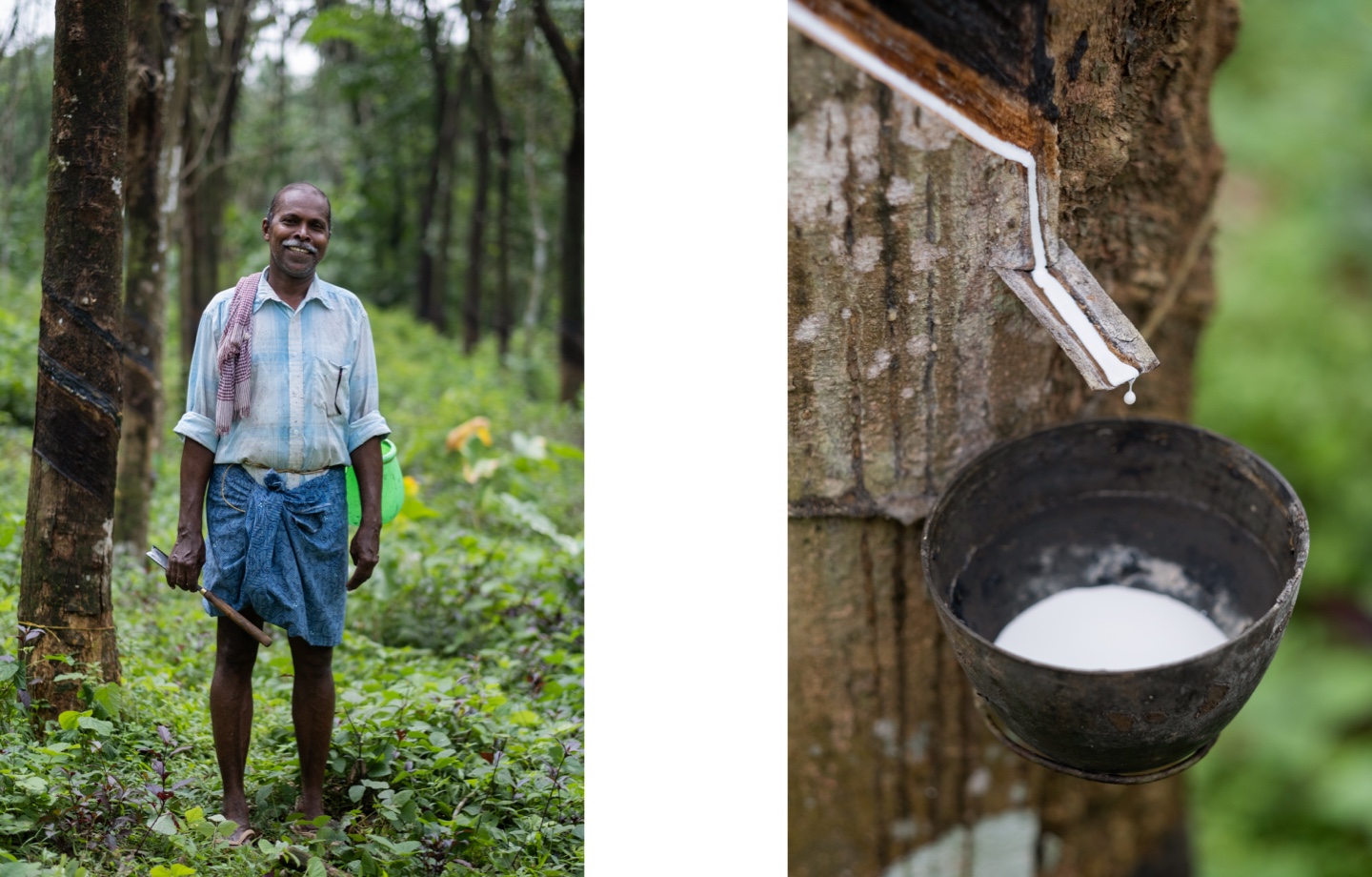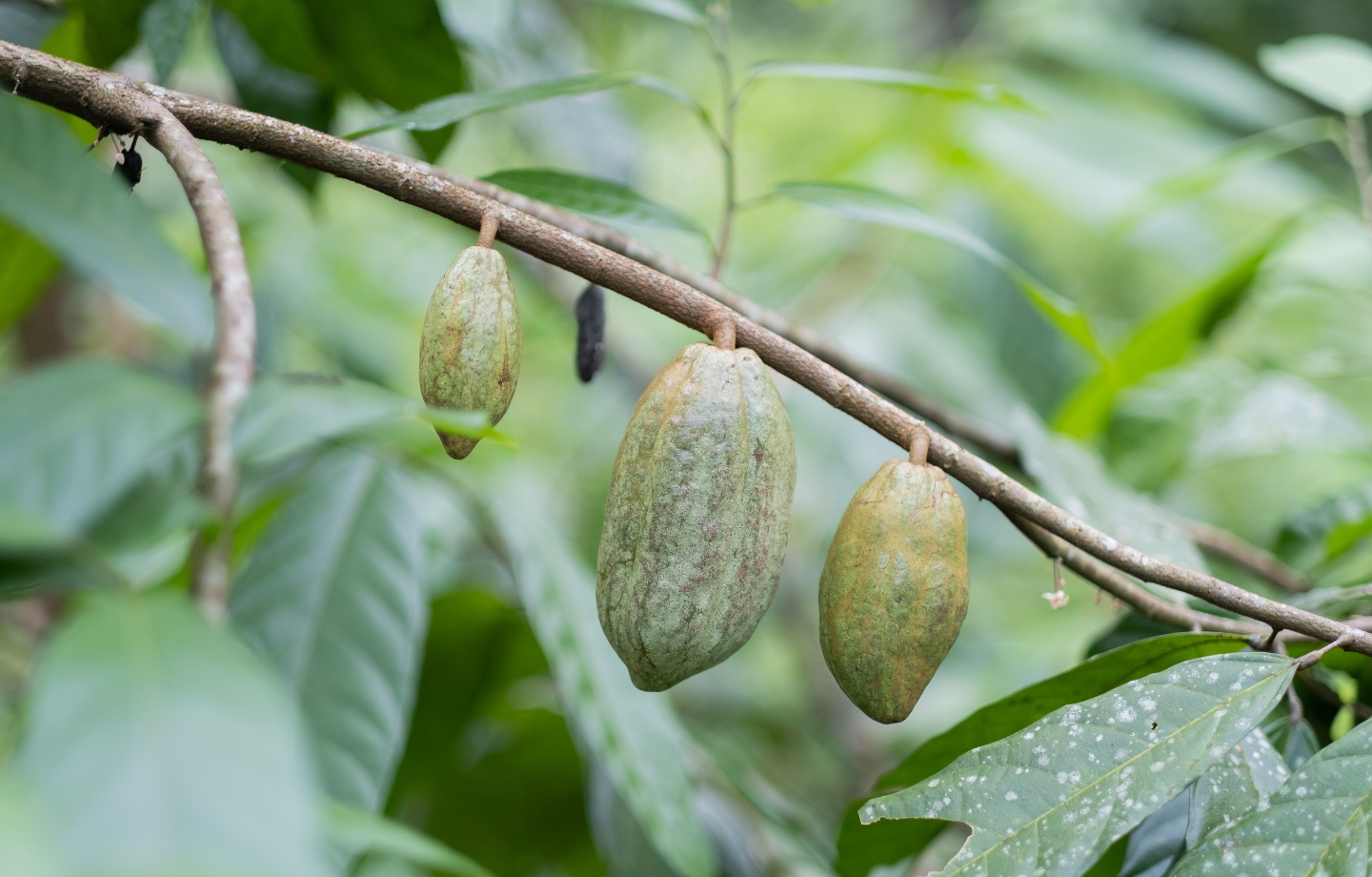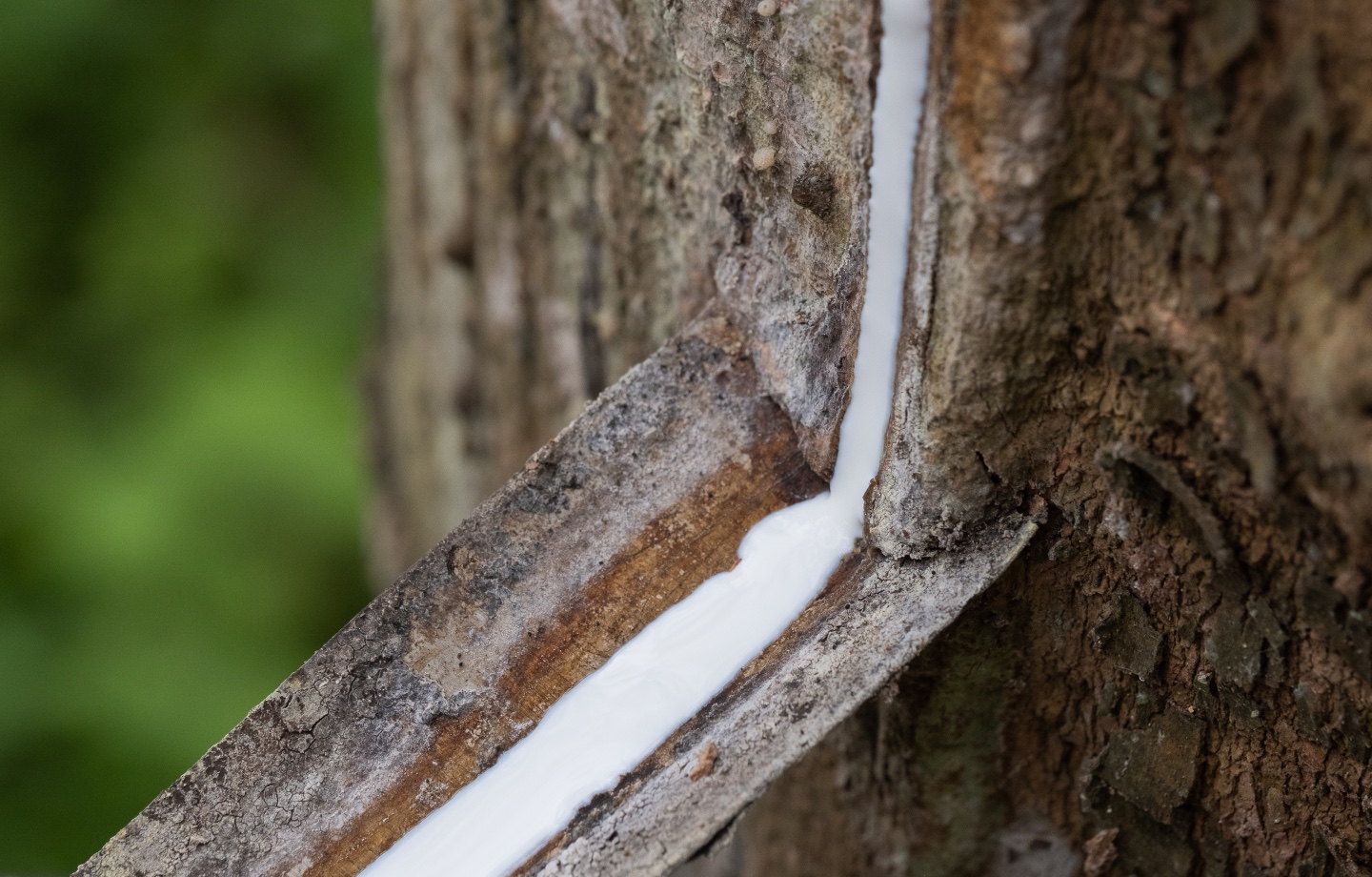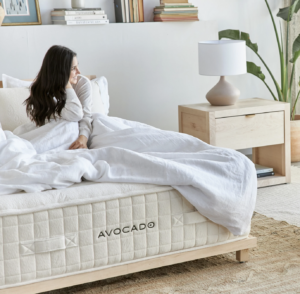The materials we use are just as important as the materials we don’t use. Rest easy knowing Avocado mattresses are made with natural rubber latex that’s GOLS-certified organic.
At Avocado, we believe the best mattresses in the world are made using natural latex rubber. No polyurethane foam, memory foam, synthetic latex, or colorful plastic grid comes close to the comfort, breathability, resiliency, motion isolation, and durability of natural latex.
We source our GOLS-certified organic latex ethically and responsibly from farms in India and Guatemala, where it’s also processed in facilities that meet certified organic standards. GOLS (Global Organic Latex Standard) and GOTS (Global Organic Textile Standard) verify that our farms and processing facilities meet the highest environmental and social responsibility standards. By co-owning these facilities, we ensure a level of traceability and transparency that few other brands can match.
“Certifying our mattresses through trusted third parties like GOLS and GOTS means our end-product, materials, and processes are audited, screened, and tested,” says Mark Abrials, CMO and Co-Founder of Avocado. “This is core to our mission to become one of the world’s most trusted and sustainable brands. It’s also why we created Avocado in the first place — to make a better mattress that’s certified organic and held to a higher standard.”
We manage over 5,000 hectares of organic rubber tree farms in Southern India and Guatemala. We even make our own latex foam cores, which are GOLS-certified organic, eco-INSTITUT® certified, and lab-tested annually for STANDARD 100 by OEKO-TEX® certification to further ensure no harmful substances are present.

Read more: Why Cotton is THE Thing You Should Always Buy Organic
Unfortunately, not all latex meets this standard of excellence. When natural latex labels aren’t backed by trusted third-party certifications, like GOLS, eco-INSTITUT®, and STANDARD 100 by OEKO-TEX®, it’s a clear indicator that something is amiss — and is likely synthetic or blended.
True natural latex is made from the sap of the Hevea brasiliensis, or rubber tree. When responsibly harvested and sustainably processed, it’s a superior mattress material that’s safe for farmers and consumers and doesn’t harm the environment.
Here’s how it works. Tappers use a metal gouge with a sharp tip to make a shallow, downward-angle cut in the outer bark of the rubber tree and carefully wind around the trunk. This method opens the network of continuous vessels that spiral around the tree without harming it. Until the rubber trees are mature enough to harvest, we grow pineapple and coffee around them. This intercropping method helps maintain soil health and provides farmers with other sources of income between rubber tree harvests.
At the end of the winding channel, the tapper makes a downward cut and hangs a small metal cup from the side of the tree. Soon, milky white sap flows and drips into the cup. Collection takes four to six hours, and each rubber tree provides about 15 grams of latex per day. These trees can be sustainably harvested two to three times a week, except during the dry season, for approximately 25 years. The best part? No polluting machines or power tools are needed.

Read more: How Fairtrade Protects People and the Planet
Once the sap is collected, it’s turned into the solid form used in mattresses. We add essential processing agents to the raw natural latex, consistent with the standards set by GOLS (Global Organic Latex Standard). All latex foam requires these essential stabilizing and processing agents to transform raw latex sap into commercially viable and durable latex foam cores.
Depending on the production method, there are two types of natural latex foams: Talalay and Dunlop.
To produce Talalay latex, a mold is partially filled with liquid or frothed sap. A vacuum then fills the empty space with air so it expands to fit the mold. After the air is added, the liquid is frozen into a gel form — this process pushes air through the material to make it light and airy. Finally, it’s baked, removed from the mold, and washed and dried. The result is an ultra-soft yet supportive natural latex rubber foam.
The Dunlop process is a simpler, more environmentally friendly process requiring less energy and resulting in a more supportive product. The mixed latex foam is pumped into large molds, like oversized waffle irons. Since latex foam is a poor conductor of heat (which is great for a mattress), pins are needed in the mold to help heat the foam consistently when baked. Pins holes are characteristic of natural latex foam cores.
The mold is closed, passed into large ovens, and heated to 350 degrees Fahrenheit for under an hour. (In India, the ovens use steam from rainwater harvesting heated by burning wood harvested mostly from expired latex trees.) The resulting latex foam is then sprinkled with water or submerged in tanks with fresh water before being squeezed to just 6 millimeters between steel rollers. This step reduces residual chemicals and impurities from the latex. The resulting GOLS-certified organic latex foam is made with ≥95 percent certified organic latex, the highest possible standard.
For Avocado, the job doesn’t stop there. We obsessively test and redundantly certify everything in our brand name for trust and transparency — from our farms all the way to the finished mattresses — to give our customers complete assurance that our beds are certified organic and responsibly made.
When you have the peace of mind that your mattress is crafted with the best materials from nature, restful, healthy sleep is one less thing you have to worry about.

Read more: What’s Inside Your Mattress Matters
Have feedback on our story? Email [email protected] to let us know what you think

Shop Pillows
The Essential Organic Pillow Collection
Gentle, breathable, non-toxic support.







